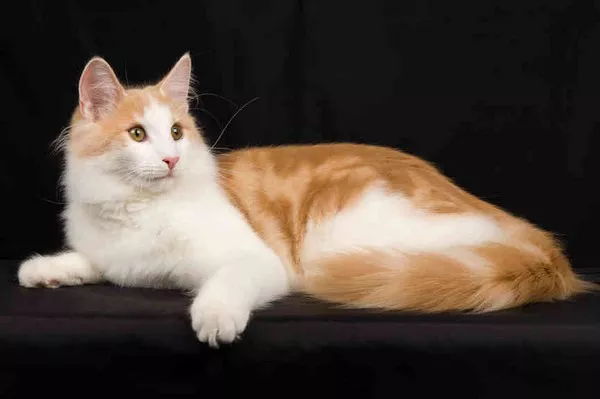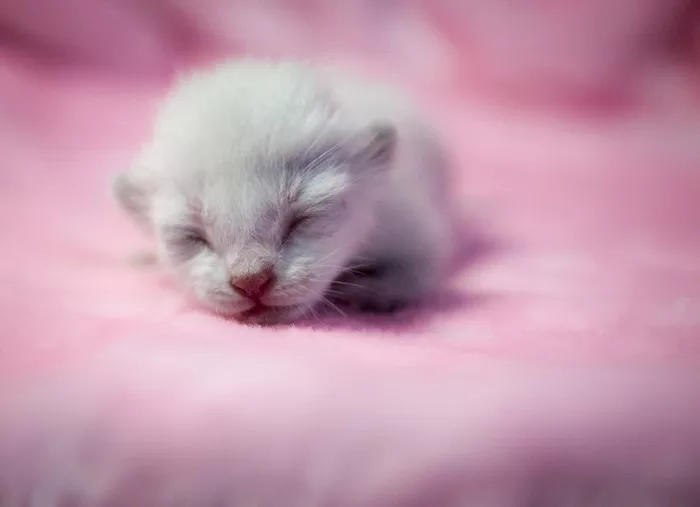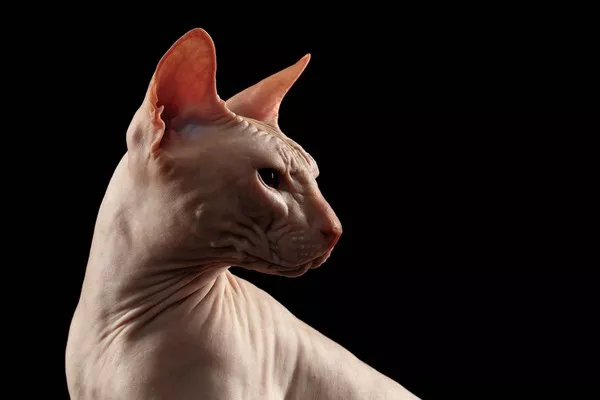As kittens grow into reproductive maturity, it is essential for pet owners to grasp the intricacies of cat reproduction. Whether contemplating breeding or not, understanding the nuances of a cat’s breeding age allows for informed decisions regarding the feline companion’s health. This article provides insights into cat reproduction, offering valuable information on heat cycles, pregnancies, and responsible care practices.
Commencing Heat Cycles
Understanding a cat’s heat cycle is paramount for responsible pet ownership. If a female cat has not been spayed, she typically enters her first heat by six months of age, with the possibility of onset as early as four months. Key points to note about a cat’s estrus cycle include:
Frequency of Heat Cycles: Cats can go into heat every 2-3 weeks throughout the year.
Early Pregnancy: Pregnancy can occur as early as the first heat cycle.
No Menopause: Unlike humans, cats do not experience menopause, and they continue to go into heat well into their senior years.
Identification of Heat: While veterinary tests can confirm a cat’s heat, behavioral changes are often the primary indicators.
Behavioral Changes During Heat
Recognizing the behavioral shifts in a cat during heat is crucial for pet owners. These changes may include:
Vocalization: Cats become notably vocal, emitting loud meows and yowls to attract potential mates.
Affectionate Behavior: Increased clinginess and affection towards owners.
Physical Gestures: Rolling on the floor and elevating the backside are common behaviors.
Urination Changes: Increased urination, urine odor, and potential marking outside the litter box.
Desire to Escape: Cats may attempt to escape home to seek a mate.
Duration of Symptoms: Heat symptoms can last from a few days to two weeks, with varying intensity.
While vaginal discharge may occur during heat, it is typically not easily noticeable due to a cat’s grooming habits.
Male Cats and Reproductive Maturity
Unlike females, male cats do not go into heat. However, they reach sexual maturity around the same age as females, typically between four to six months. Signs of male reproductive maturity include urine marking, pungent-smelling urine, and attempts to escape to find a mate.
Frequency of Kittens and Pregnancy Duration
A cat’s pregnancy lasts approximately 9 weeks, with the average ranging from 63 to 65 days. Importantly, a cat can become pregnant shortly after giving birth, as nursing does not prevent another heat cycle. To avoid unintended pregnancies, it is crucial to separate female cats from males and consider spaying.
Determining Litter Size
The number of kittens in a litter can vary significantly. While it can range from one to over ten, the average litter size is typically 3-6 kittens. First-time mothers tend to have fewer kittens than experienced queens.
Considering Breeding: A Responsible Decision
While the prospect of allowing a cat to have kittens is enticing, it requires careful consideration. Responsible breeding involves a commitment to the health and well-being of the cat and her offspring. Pet owners contemplating breeding should be prepared for potential complications during pregnancy, numerous veterinary visits, and the responsibility of finding suitable homes for the kittens.
Importantly, with approximately 3 million pets euthanized in US shelters annually, every effort should be made to ensure responsible breeding and adequate rehoming. Spaying is often recommended to avoid contributing to pet overpopulation, but thorough research and consultation with veterinarians can help pet owners make informed decisions.
For Pet Parents of Male Cats
Even male cat owners play a crucial role in preventing pet overpopulation. Unneutered male cats can contribute to unwanted pregnancies if they manage to escape. Responsible pet ownership entails considering neutering as an essential step, even for indoor cats, to mitigate the risk of unintentional breeding.
Potential Pregnancy: What to Do
If a cat owner suspects their cat is pregnant, it is essential to confirm the pregnancy and consult with a veterinarian for appropriate care. Signs of pregnancy include enlarged mammary glands, weight gain, and changes in behavior. Early veterinary intervention is vital for the health of the pregnant cat and her potential litter.
Birth Control for Cats
While products interfering with a cat’s hormonal cycle exist, most veterinarians refrain from recommending them due to associated health risks. Spaying is considered a superior option, relieving discomfort, minimizing hormonally-induced behaviors, and preventing serious health problems.
Conclusion
Understanding and managing a cat’s reproductive cycle is a crucial aspect of responsible pet ownership. Whether deciding to spay or neuter, considering breeding, or seeking assistance for a pregnant cat, informed decisions contribute to the overall well-being of feline companions. Professional veterinary guidance ensures that pet owners are equipped with the knowledge to navigate the complexities of cat reproduction responsibly.

























